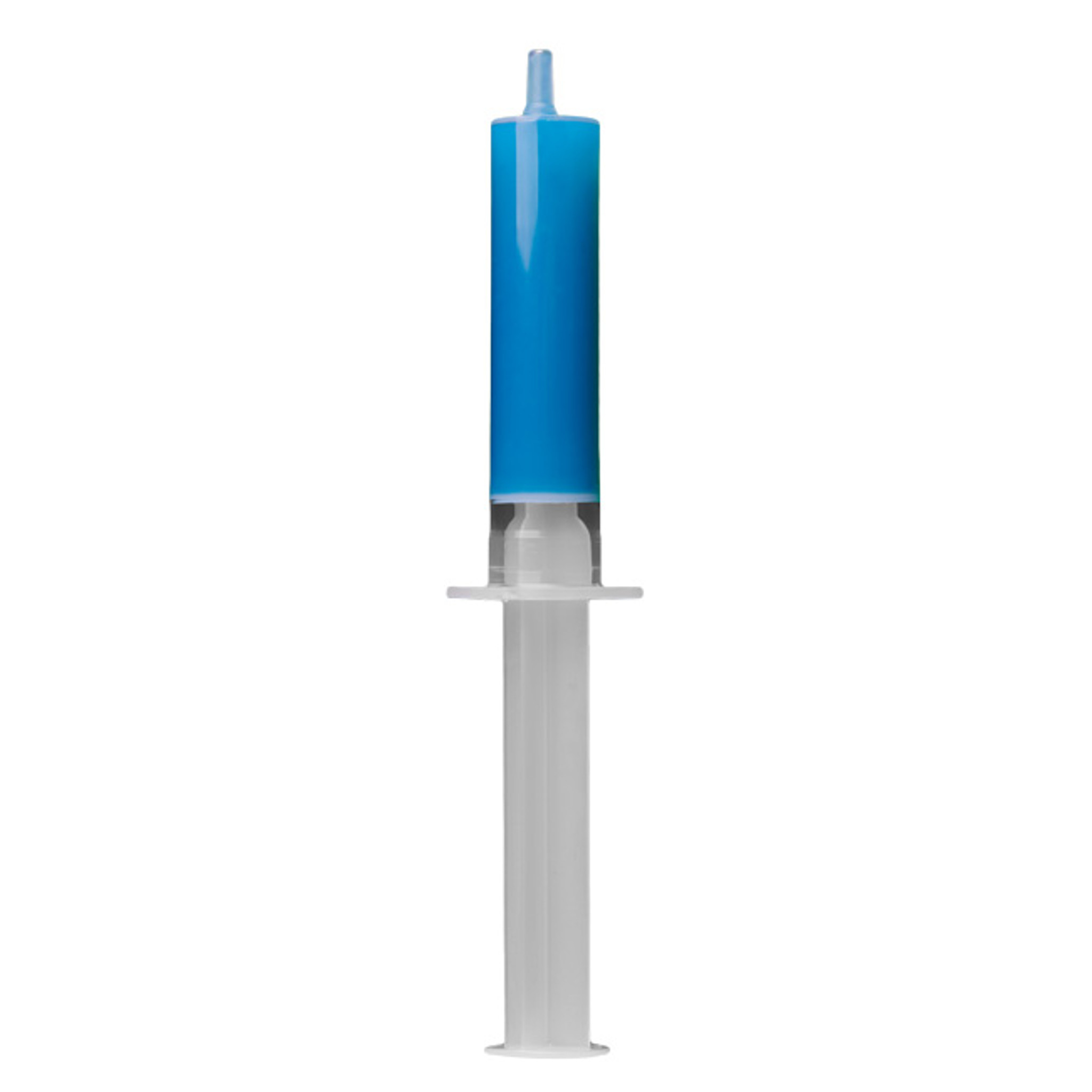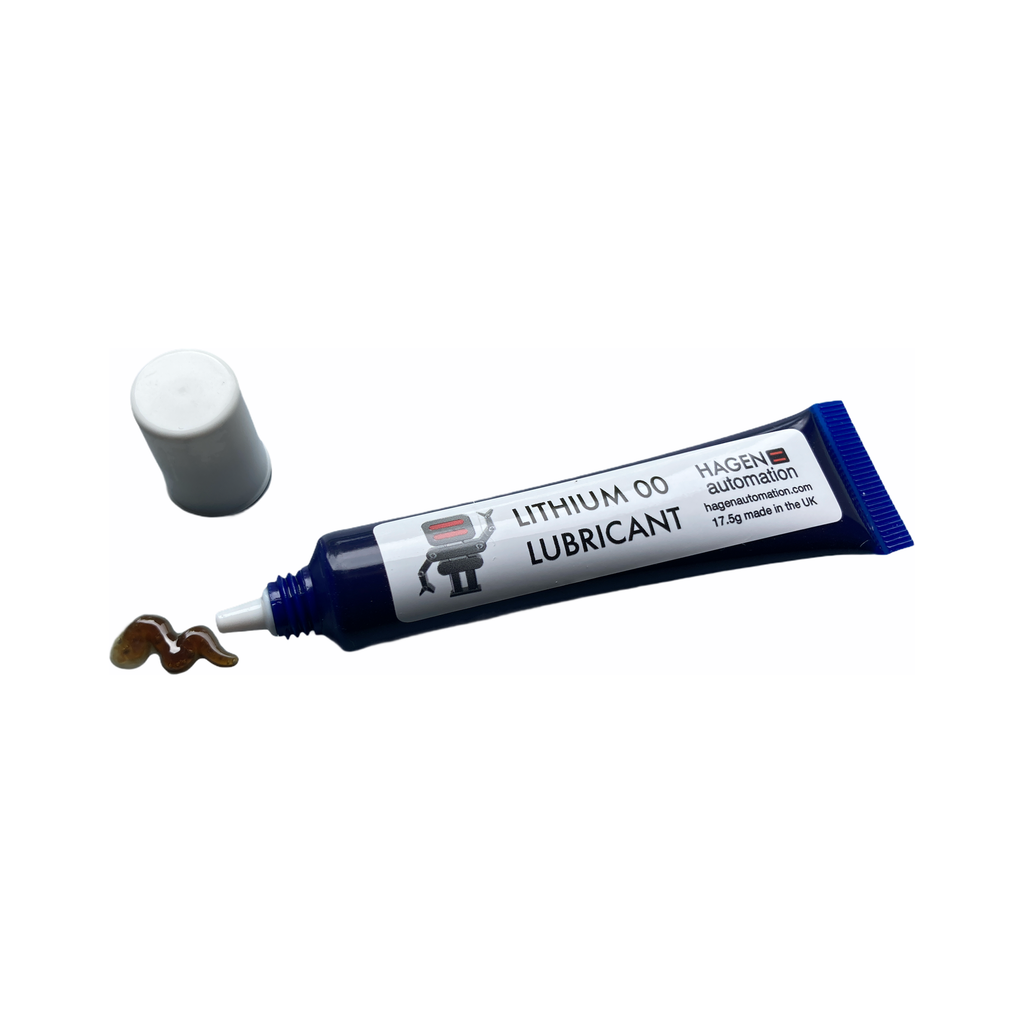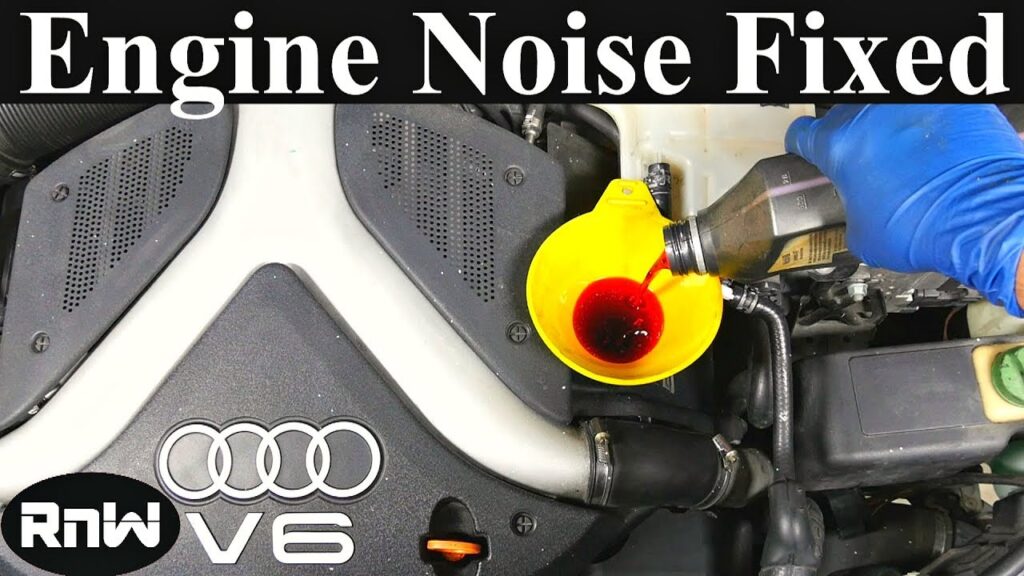Low viscosity bearing grease is designed to provide lubrication for bearings with low rotational torque and high-speed operations. It offers reduced friction and minimizes heat buildup in the bearing system, ensuring smooth and efficient performance.
When selecting a bearing grease, it’s crucial to consider the specific requirements of the application, including factors such as operating temperature, speed, and load. Low viscosity greases are particularly suitable for high-speed applications where minimizing friction and heat generation is essential for optimal performance and longevity of the bearings.
These greases are commonly used in industries such as automotive, aerospace, and manufacturing, where precision and efficiency are paramount. By choosing the right low viscosity bearing grease, businesses can enhance the reliability and performance of their equipment, ultimately leading to improved productivity and reduced maintenance costs.

Credit: wheelbuilder.com
The Importance Of Grease Viscosity
When it comes to maintaining the optimal performance of bearings, choosing the right grease with the appropriate viscosity is crucial. Grease viscosity plays a significant role in the lubrication of bearings and can have a direct impact on their overall performance and longevity. In this section, we will explore the characteristics of low viscosity grease and delve into the importance of viscosity in bearing performance.
Characteristics Of Low Viscosity Grease
Low viscosity grease exhibits specific characteristics that make it suitable for certain applications. It typically has a lower resistance to flow, allowing it to penetrate efficiently into the small spaces within the bearing components. This characteristic ensures that the grease can reach critical areas that require lubrication, providing enhanced protection and reducing friction within the bearing.
Viscosity’s Role In Bearing Performance
The viscosity of the grease directly influences the formation of a lubricating film between the bearing components. Optimal viscosity ensures that the lubricant forms a consistent and durable film, effectively separating moving parts and preventing metal-to-metal contact. Inadequate viscosity can lead to insufficient film formation, resulting in increased friction, wear, and potential damage to the bearing surfaces.
Selecting The Right Grease
Selecting the right low viscosity bearing grease is crucial for optimal equipment performance. Ensure smooth operation and enhanced durability with a grease that offers excellent lubrication in high-speed applications. Trust in quality products to protect your bearings and machinery effectively.
Factors In Grease Selection
Temperature: Consider operating temperatures to choose grease with suitable viscosity.
Load: Determine the load bearing capacity needed for your application.
Speed: Choose grease that can withstand the rotational speed of the bearing.
Comparing Grease Types
Thickener: Different thickeners like lithium, calcium, or polyurea offer varying performance.
Base Oil: Base oils such as mineral, synthetic, or semi-synthetic impact grease properties.
Performance Additives: Additives like anti-wear, corrosion protection, or extreme pressure enhance grease performance.
Benefits Of Low Viscosity Grease
Low viscosity grease reduces friction, extending the lifespan of bearings.
Enhanced lubrication with low viscosity grease leads to smoother operations and reduced energy consumption.
Application Techniques For Optimal Performance
When it comes to maximizing the performance and longevity of low viscosity bearing grease, proper application techniques are crucial. By ensuring that the correct methods are employed, you can significantly enhance the efficiency and durability of your equipment.
Proper Greasing Intervals
Setting proper greasing intervals is essential for maintaining optimal performance. Frequent inspections should be conducted to determine the appropriate schedule based on factors such as operating conditions, load, and speed. Implementing a routine greasing schedule in accordance with manufacturer recommendations can help prevent premature wear and potential equipment failure.
Correct Application Methods
Utilizing the correct application methods is imperative for ensuring the effectiveness of low viscosity bearing grease. Applying the right amount of grease using suitable tools, such as grease guns, and following the recommended procedures for greasing bearings is essential. Proper distribution of grease within the bearing cavity is crucial for preventing overheating and reducing friction, ultimately leading to enhanced performance and extended service life.
Addressing Common Myths
Debunking Misconceptions
There are several misconceptions surrounding low viscosity bearing grease that need to be debunked. One common myth is that low viscosity grease cannot provide sufficient lubrication and protection. This myth often stems from a misunderstanding of the properties and capabilities of modern low viscosity greases. In reality, these greases are specifically formulated to offer excellent lubrication and protection even in high-speed applications.
Realities Of Grease Application
It is essential to understand the realities of grease application to make informed decisions. Contrary to another prevalent myth, low viscosity bearing grease is not only suitable for high-speed applications but can also offer significant energy savings and reduced operating temperatures. Additionally, the misconception that low viscosity grease leads to higher maintenance requirements is unfounded. When applied correctly, this type of grease can actually extend the intervals between maintenance activities, resulting in cost savings and improved operational efficiency.

Credit: hagenautomation.com
Advanced Formulations
Discover the power of low viscosity bearing grease with our advanced formulations. Designed to reduce friction and wear, our grease offers superior performance and extended equipment life. Ideal for demanding applications, our high-performance grease delivers exceptional results.
Innovations In Grease Technology
Advanced formulations of low viscosity bearing grease have revolutionized the industry, offering superior performance and longevity.
Synthetic Vs. Mineral-based Greases
When comparing synthetic and mineral-based greases, it’s essential to consider factors such as temperature resistance, oxidation stability, and water resistance.
Case Studies
In a recent case study, the effectiveness of low viscosity bearing grease was demonstrated in reducing friction and improving overall machinery performance. The application of this specialized grease resulted in smoother operation and extended equipment lifespan, making it a valuable solution for industrial maintenance needs.
Success Stories In Various Industries
Low viscosity bearing grease has shown remarkable success across various industries, revolutionizing lubrication practices.
Lessons Learned From Field Applications
Field applications have provided valuable insights into the effectiveness of low viscosity bearing grease in real-world scenarios.
Maintenance And Monitoring
For effective maintenance and monitoring, utilizing low viscosity bearing grease ensures optimal equipment performance. This specialized lubricant helps reduce friction and wear, extending the lifespan of bearings in various applications. Regular application and monitoring of grease levels are crucial for smooth operation and preventing costly breakdowns.
Maintenance and Monitoring Routine Checkups for Grease Health Regularly inspecting the condition of low viscosity bearing grease is crucial for ensuring optimal equipment performance. Establish a schedule for routine checkups to assess the health of the grease and identify any potential issues. Utilize a grease sampling program to monitor the condition and viscosity of the grease over time. By implementing these proactive measures, you can prevent costly equipment failures and downtime. Signs of Suboptimal Grease Performance Recognizing the signs of suboptimal grease performance is essential for maintaining equipment reliability. Look out for indicators such as abnormal temperature fluctuations, increased noise levels, or excessive vibration, which could signify inadequate lubrication. Conduct thorough visual inspections for any discoloration or contamination. Addressing these warning signs promptly can help mitigate potential damage and extend the lifespan of bearings and machinery.Future Trends In Lubrication
Low viscosity bearing grease is emerging as a prominent trend in lubrication technology. It offers better lubrication performance and reduces frictional losses, resulting in increased energy efficiency. This type of grease is becoming increasingly popular in various industries, including automotive, aerospace, and manufacturing.
Evolving Standards In Grease Manufacturing
The demand for low viscosity bearing grease is increasing due to its effectiveness in reducing friction and wear on machinery. As a result, manufacturers are developing new and improved formulations to meet the growing demand. Evolving standards in grease manufacturing are leading to the creation of greases with better performance and longer lifetimes. The use of advanced additives and base oils is becoming more common, resulting in greases that are more resistant to extreme temperatures and pressures. These improvements are ensuring that low viscosity bearing grease will continue to be a vital component of machinery lubrication.Environmental Considerations
Environmental concerns are also driving the future trends in lubrication. The push towards sustainability and reduced environmental impact has led to the development of eco-friendly lubricants. These lubricants are typically made from renewable resources and biodegradable materials. The use of these lubricants can help reduce the carbon footprint of machinery and decrease the risk of pollution. As the importance of sustainability continues to grow, the demand for eco-friendly lubricants is expected to increase, making them a significant part of the future of lubrication. The future of lubrication is focused on developing greases that are effective, long-lasting, and sustainable. The evolving standards in grease manufacturing and the push towards environmental considerations are driving the development of new and improved lubricants. As machinery becomes more advanced, the importance of lubrication will only increase, making it vital to stay up-to-date with the latest trends in lubrication.
Credit: www.kenonhobby.com
Frequently Asked Questions
What Is A Low Viscosity Grease?
Low viscosity grease has a thin consistency, making it suitable for high-speed applications.
What Is The Viscosity Of Bearing Grease?
Bearing grease has a specific viscosity, usually measured in centistokes or cSt.
Does Grease Have A Low Viscosity?
Yes, grease typically has a low viscosity. Grease is a semi-solid lubricant with a thick consistency.
What Is The Best Grease For Low Speed Bearings?
The best grease for low-speed bearings is a low viscosity bearing grease. This type of grease helps to provide lubrication and reduce friction for smooth operation.
Conclusion
Choosing the right low viscosity bearing grease is crucial for optimal performance. With a wide range of options available, selecting the ideal lubricant can enhance the lifespan of your bearings. Consider factors like load capacity and operating conditions for the best results.

